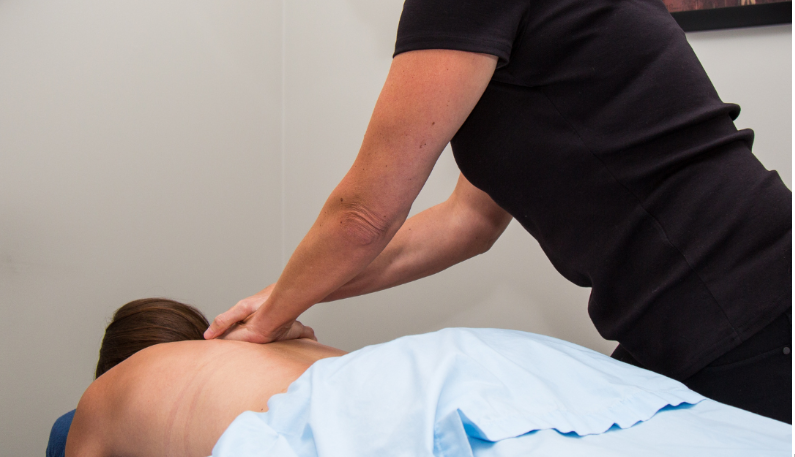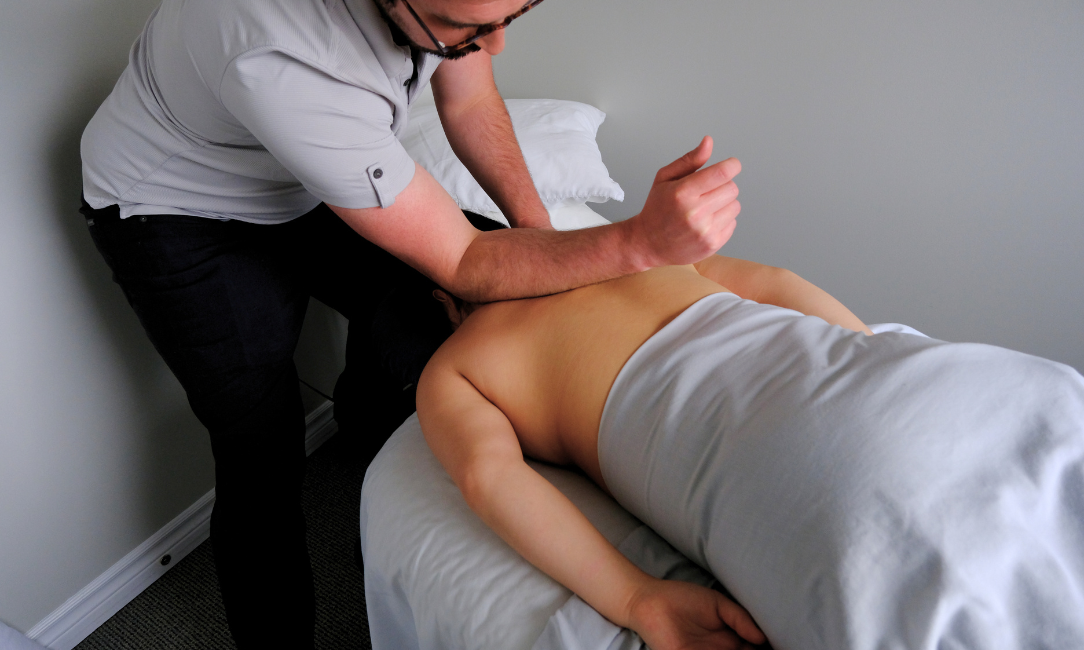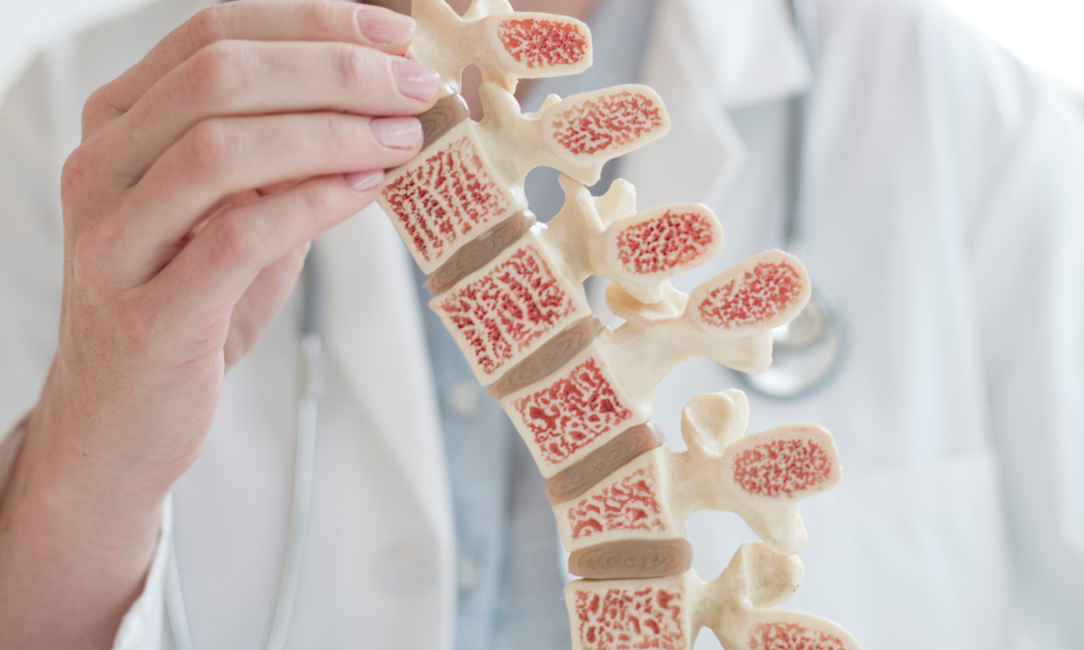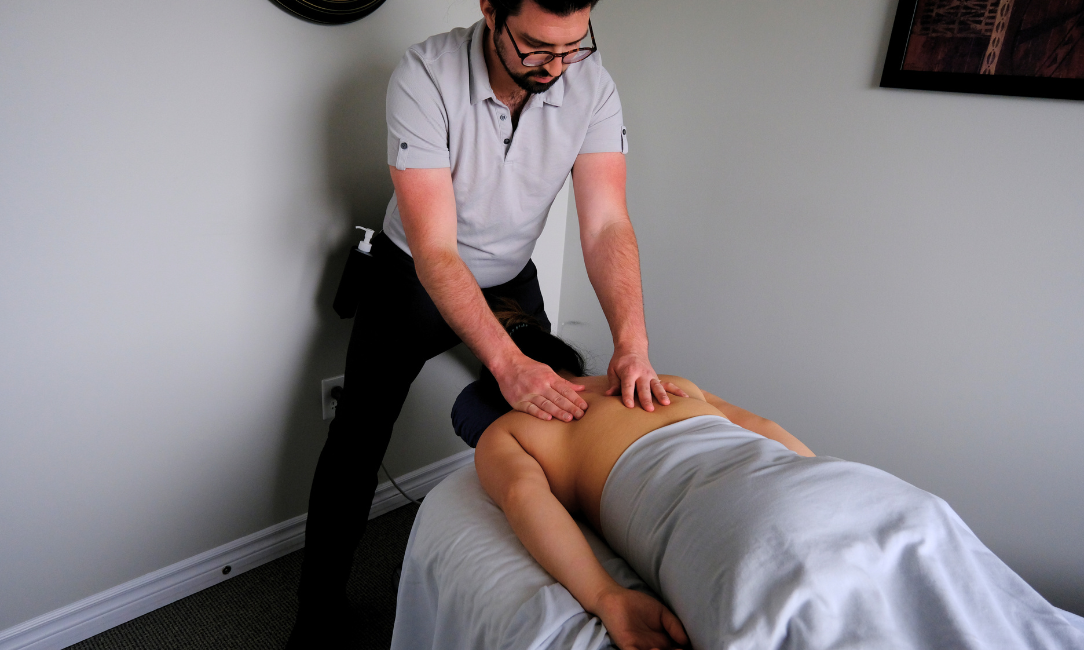Strain vs Sprain - What’s The Difference?
Strain vs Sprain - What’s The Difference?
Most of us have heard someone say that they’ve “sprained their ankle” or “strained their hamstring”, but what is the difference? They are common injuries however they don’t mean the same thing!
Sprain
What Is A Sprain?
A sprain is an injury to ligaments that surround a joint. Ligaments are strong connective tissue that help connect bones around a joint. When these ligaments get stretched too far, they can tear, either partially or completely and cause a sprain.
Signs & Symptoms
When you’ve sprained a ligament, you can expect pain, swelling, joint stiffness and bruising. There are degrees of severity ranging from a mild stretch to a complete tear.
Common Sprains
Common ligaments that get sprained are in your ankle, knee, wrist or thumb. “Rolling” your ankle and falls are the most common causes of sprains.
Diagnosis & Treatment
A sprain may be diagnosed by your doctor, and they may do X-rays to make sure no bones were broken. Treatment varies depending on the severity, however, rest, using ice, and immobilizing the joint are all common treatments.
Physiotherapy and massage therapy can help treat sprains by reducing pain and swelling, strengthening muscles to improve stability, and getting you back to doing the things you love safely, while reducing the risk of the injury recurring.
Our Occupational Therapist is also a Hand Therapist and can help you recover from wrist or thumb sprains as well.
Strain
What Is A Strain?
A strain is when a muscle gets overstretched or torn, it’s also commonly called a “pulled muscle”. It may be overstretched or torn in the muscle body, or in the tendon that attaches muscle to bone.
Sometimes strains happen because of a one-time injury, like in sports, however sometimes strains happen because of an overuse injury that happens over time.
Signs & Symptoms
When you strain a muscle, you usually feel pain or soreness, you may have muscle spasms, feel weakness or stiffness. There can be bruising, but it is less common.
Common Strains
Common muscle strains include your hamstrings, groin, calf, achilles tendon, back and rotator cuff.
Diagnosis & Treatment
Usually, you don’t have to see a doctor for a muscle strain and X-rays aren’t indicated. Most strains aren’t severe and require resting from your usual activities and using ice or heat. Ice is usually used immediately after injury, and heat is usually used after swelling has decreased - chat with your doctor, physiotherapist or massage therapist about using heat or ice.
Very rarely, in severe cases, where a muscle may be ruptured, surgery may be indicated.
Physiotherapy and massage therapy can help treat muscle strains by reducing pain and relaxing and strengthening muscles. Massage therapy has been proven to
speed up muscle recovery time. We want to get you back to the things you love safely while reducing your risk of future or further injury.
Final Thoughts
While strains and sprains are different injuries, we can help with both here at Empower! Call 902-865-8100 to make an appointment for an assessment.
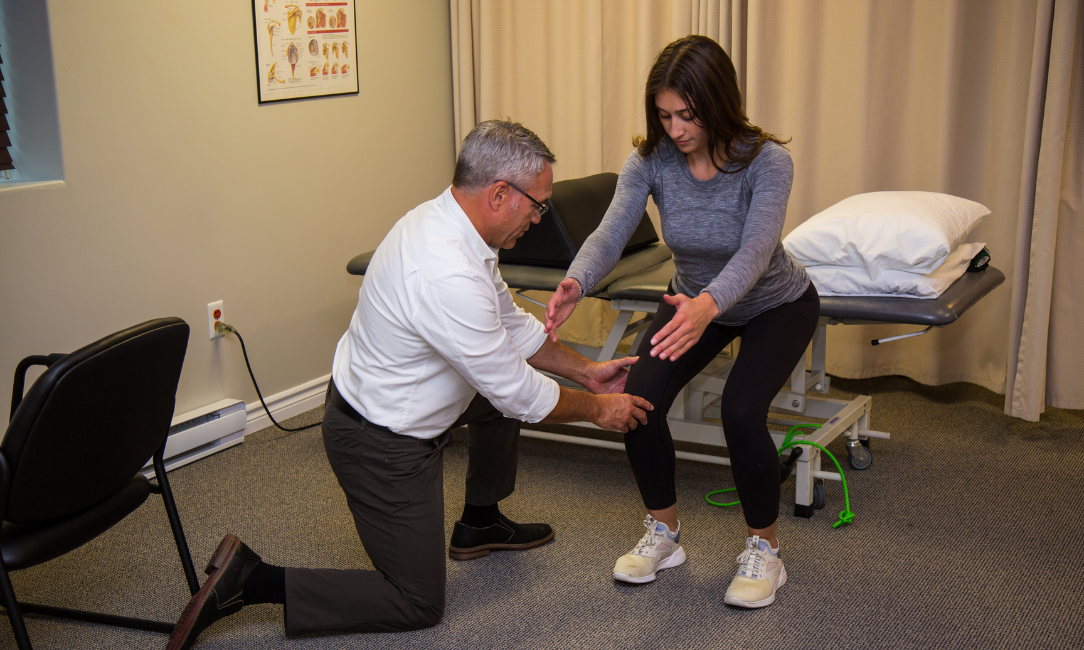

The Role of Physiotherapy, Massage Therapy, and Occupational Therapy After Joint Replacement Surgery
